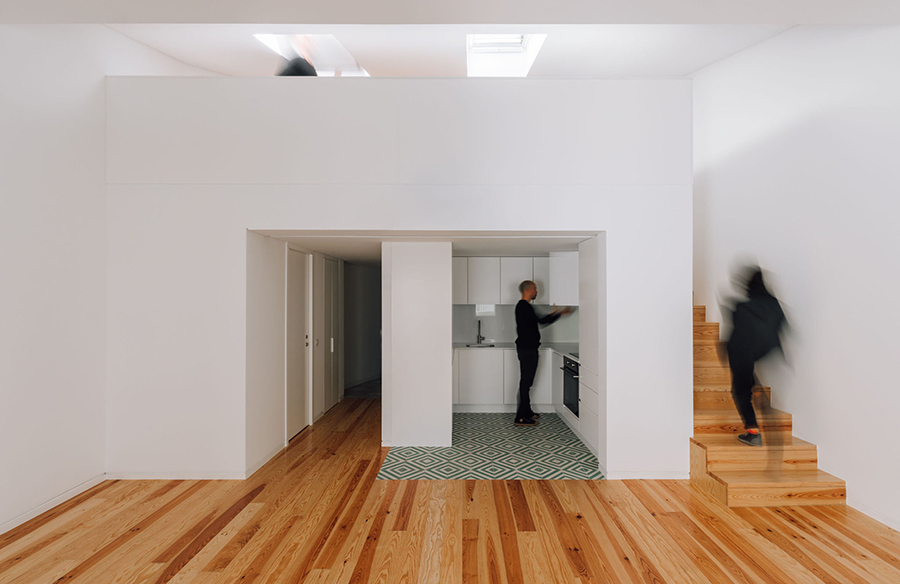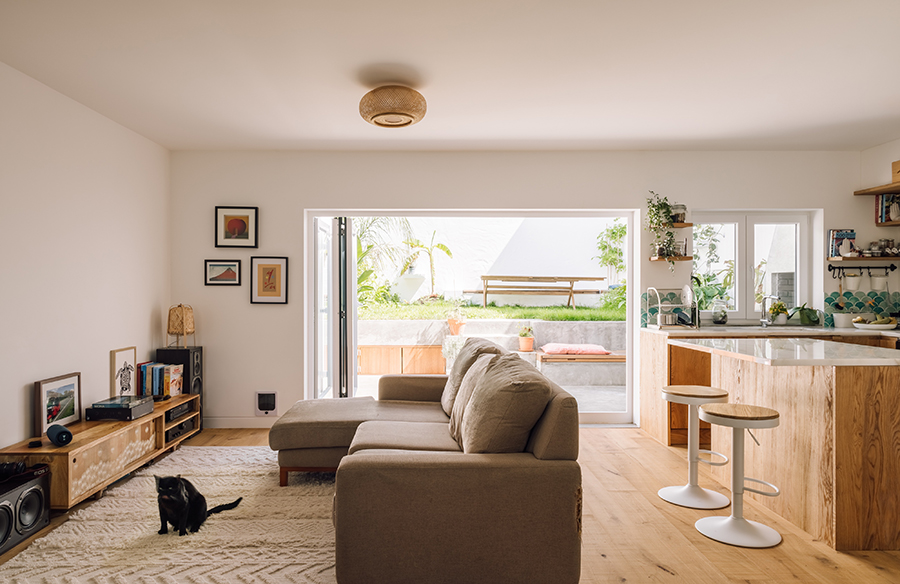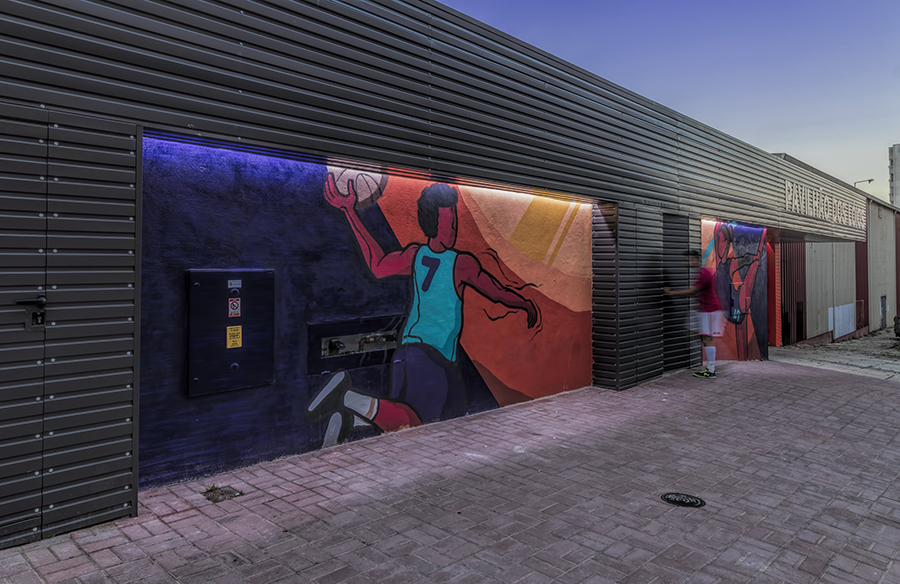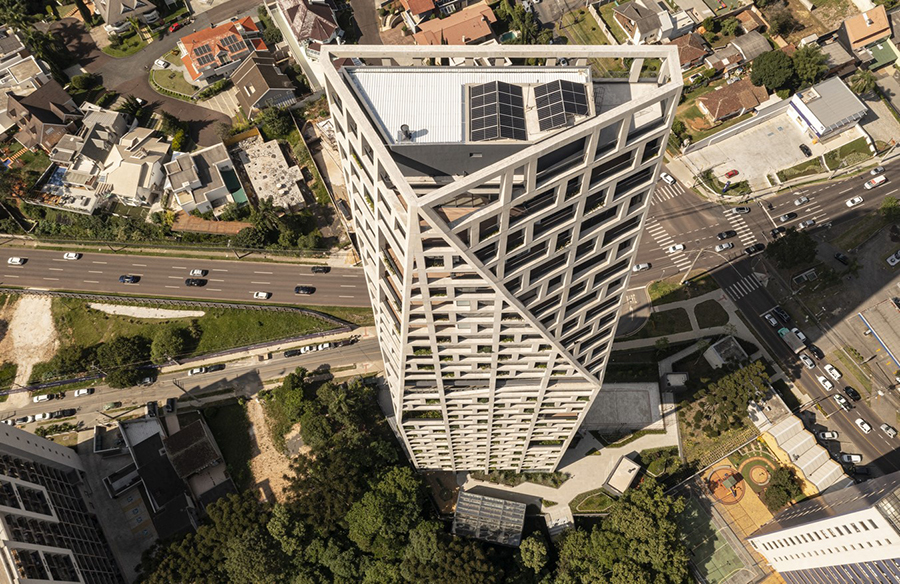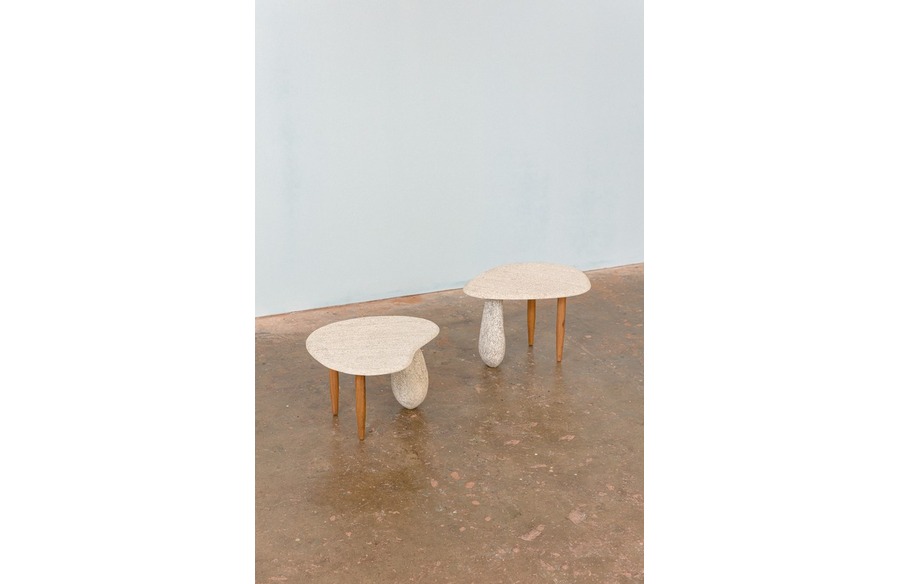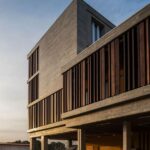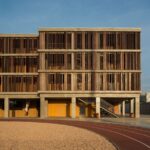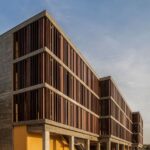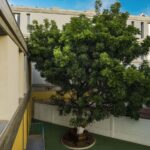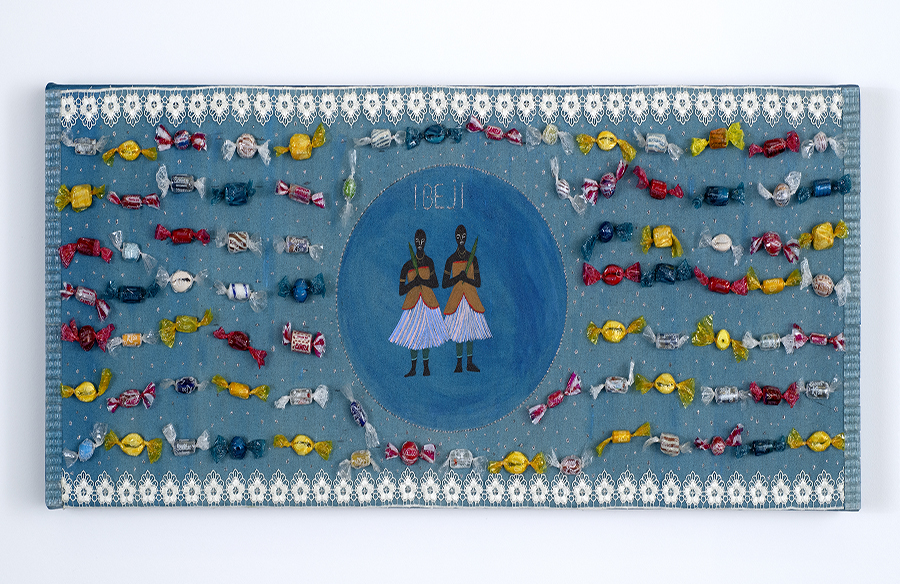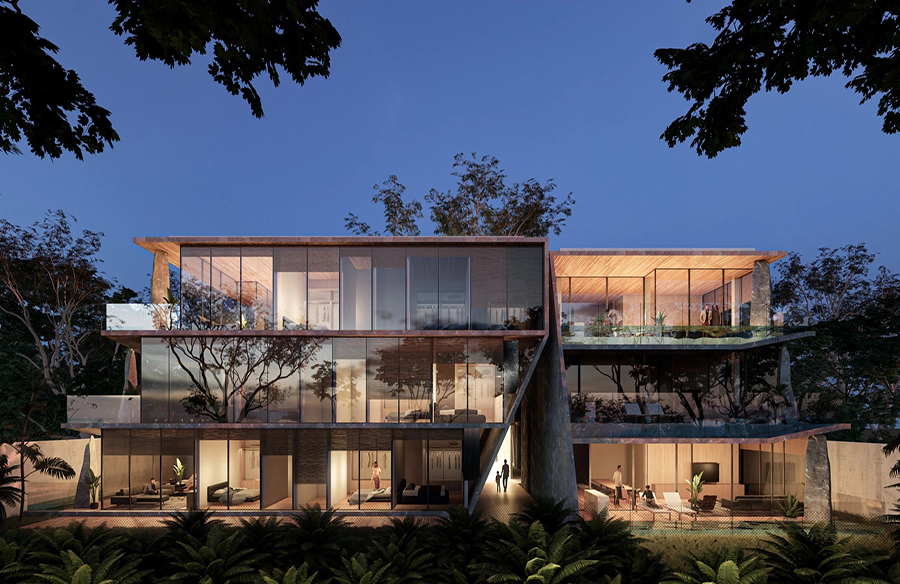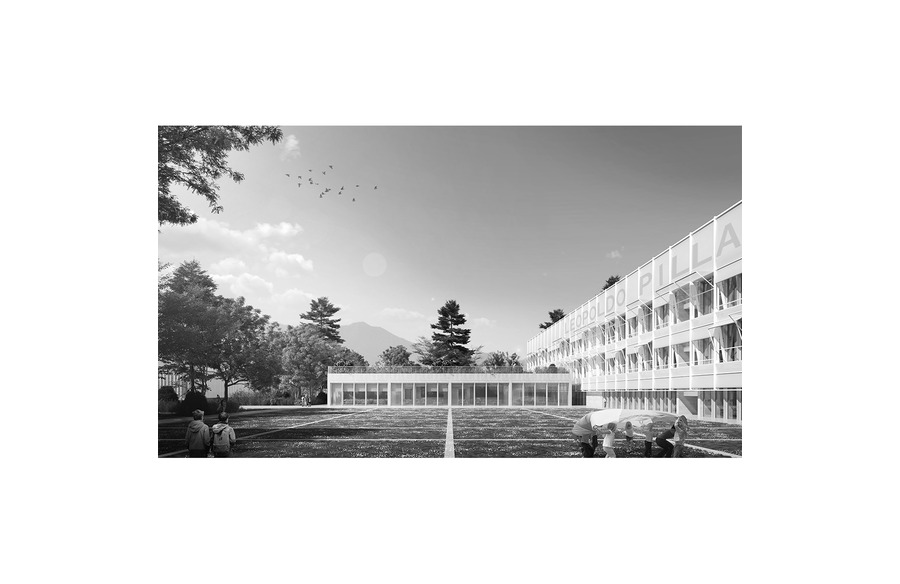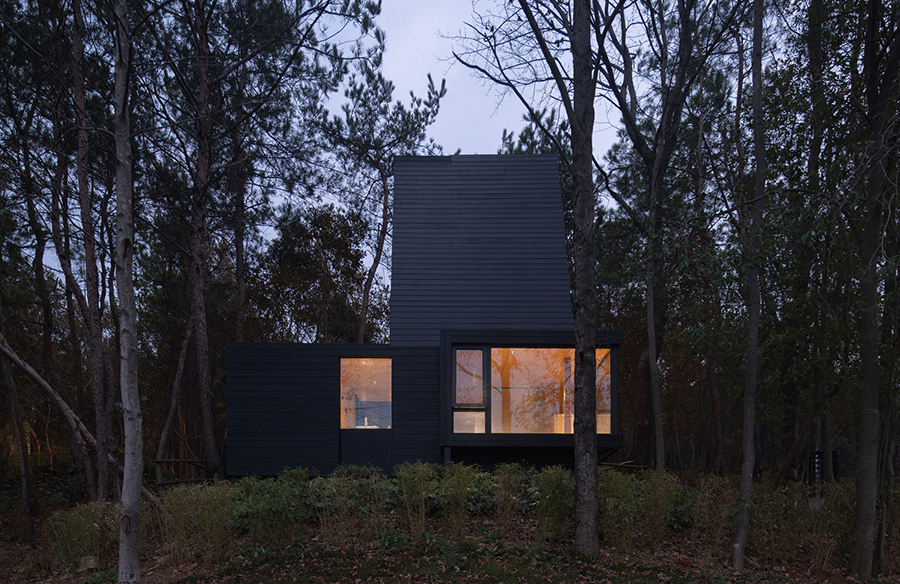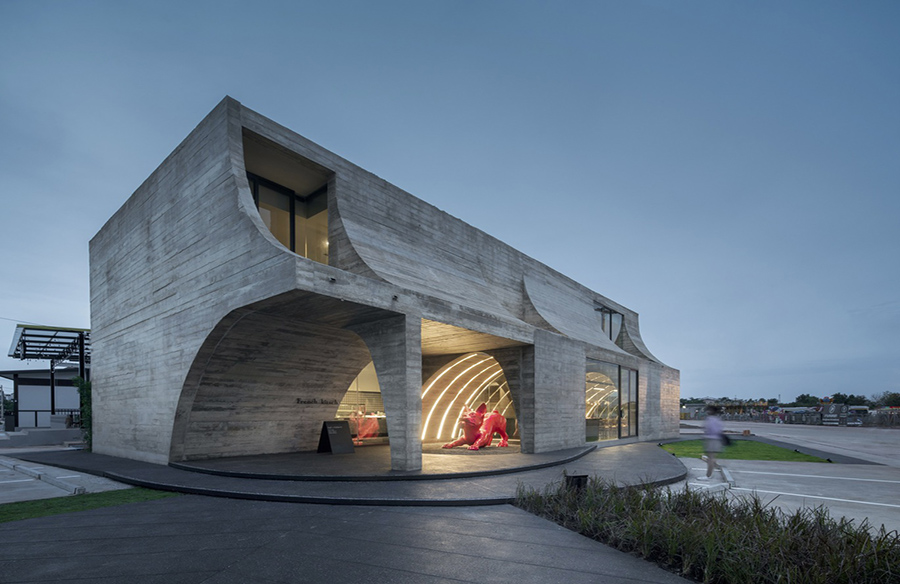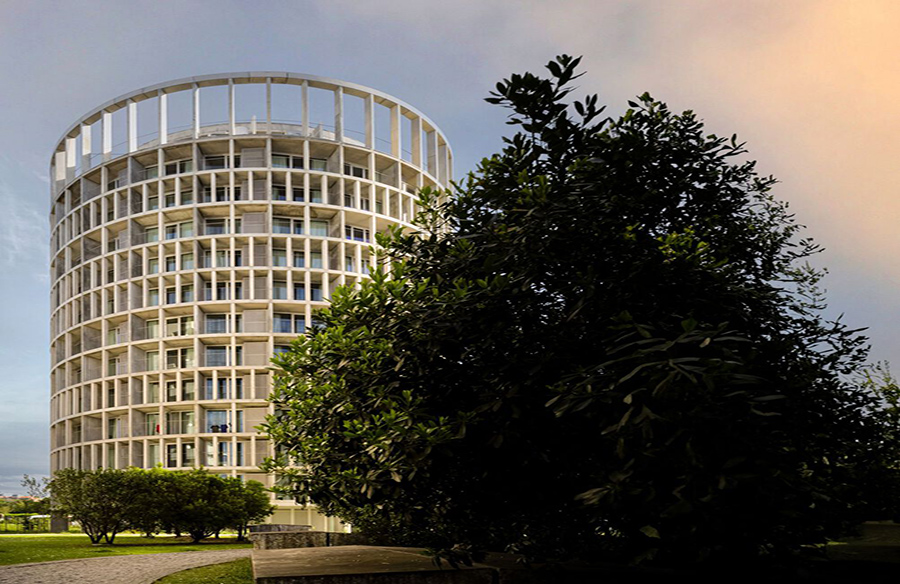Lycee Francais Aloudine Boue Embracing Local Culture in Architecture
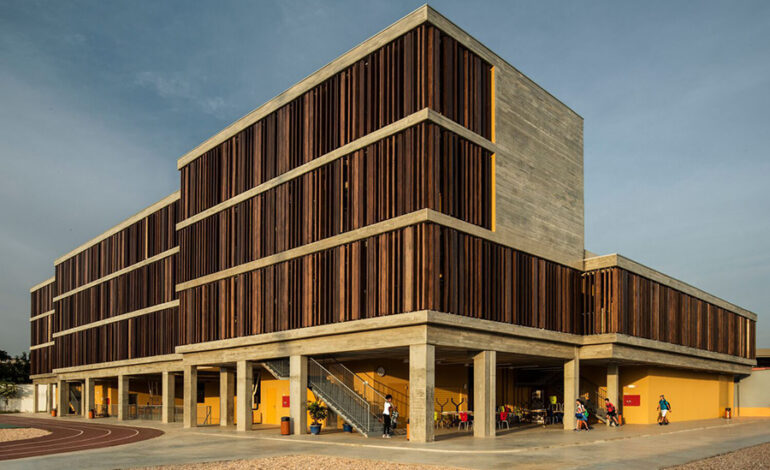
Introduction
The Lycee Francais Aloudine Boue, designed by MATAG, Arquitectos e associados + Martin Duplantier Architectes, embodies a thoughtful approach to architectural design rooted in its context. Situated in Luanda, Angola, a tropical country steeped in modern architectural history, the school reflects a deep integration with its environment.
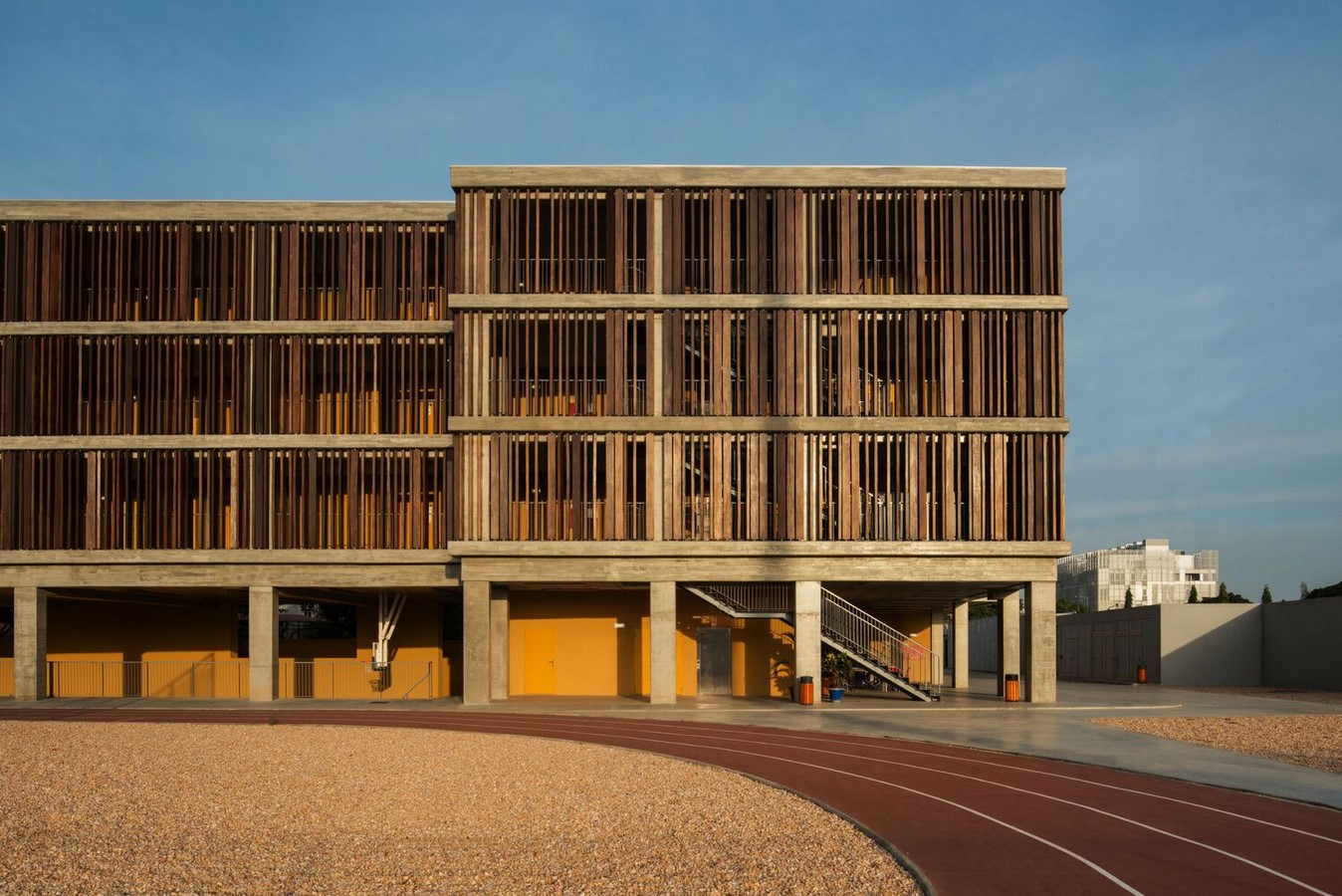
Contextual Design
In crafting the project, careful consideration was given to the local environment to provide users with an optimal experience. Drawing inspiration from Luanda’s rich architectural heritage, particularly its association with Le Corbusier’s disciples, the design sought to honor the city’s modernist legacy while embracing elements of Angolan culture.
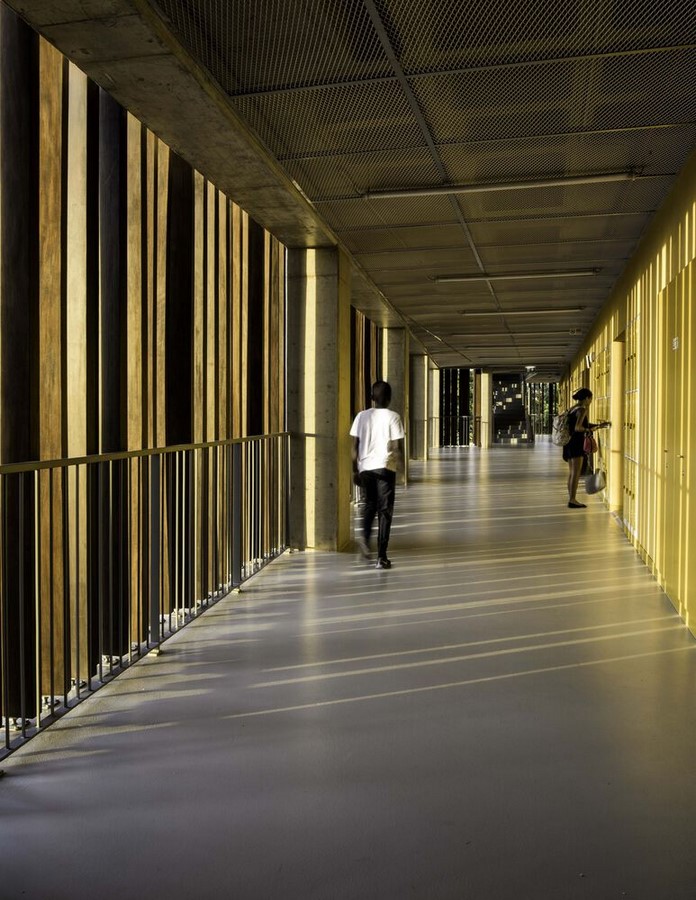
Integration with Local Culture
The project embraces the principles of modern architecture while incorporating elements inspired by local culture. Cross ventilation in the classroom corridors, wooden elements on the facade to mitigate sun exposure, and ochre pigments on interior walls pay homage to traditional African constructions, fostering a strong connection between the building and its surroundings.
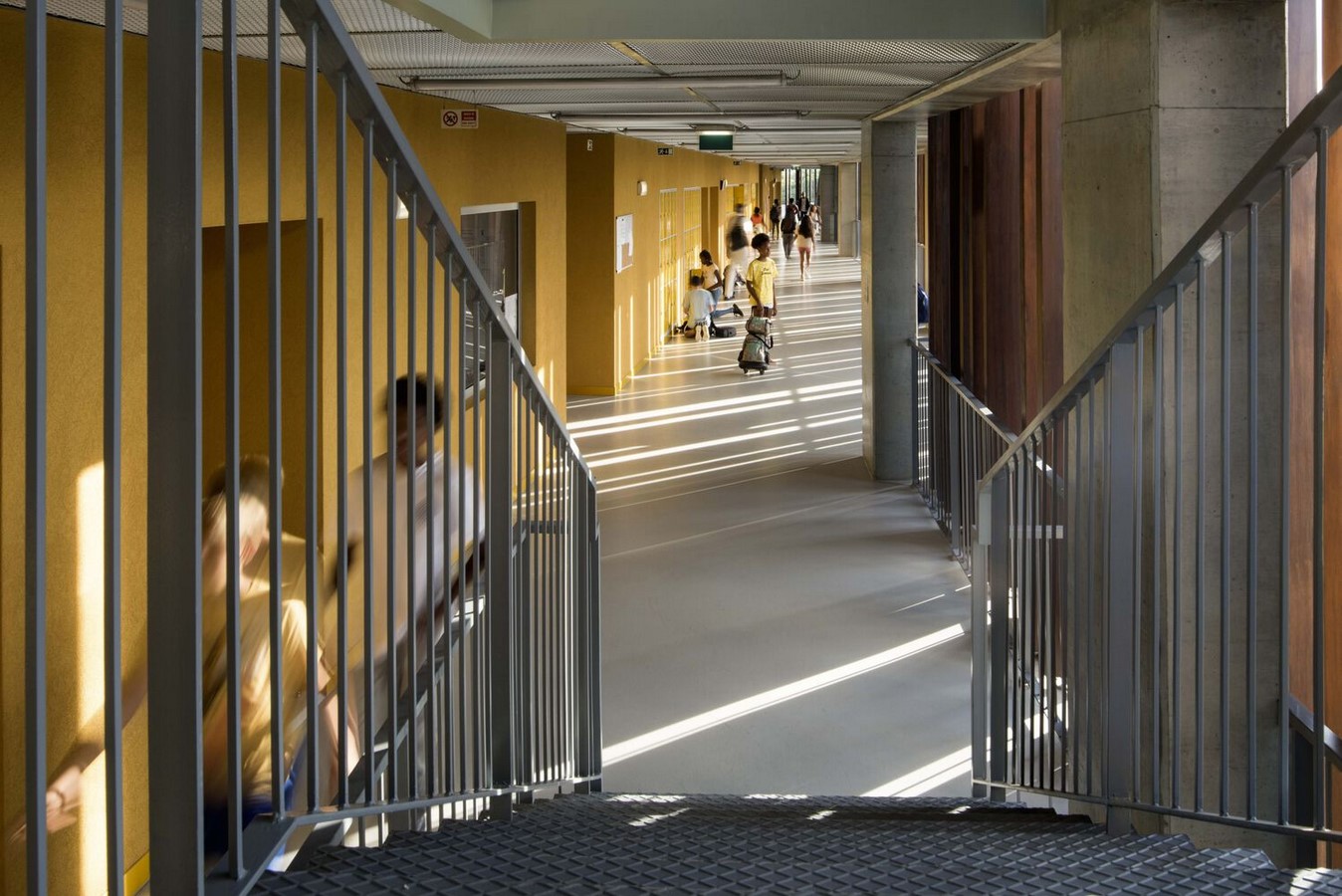
Living Architecture
Lycee Francais Aloudine Boue exemplifies a harmonious blend of modern design principles and indigenous influences, reflecting a natural and spontaneous approach to tropical architecture. By immersing users in the local culture, the school becomes more than a mere structure; it becomes a vibrant space infused with the essence of African life.
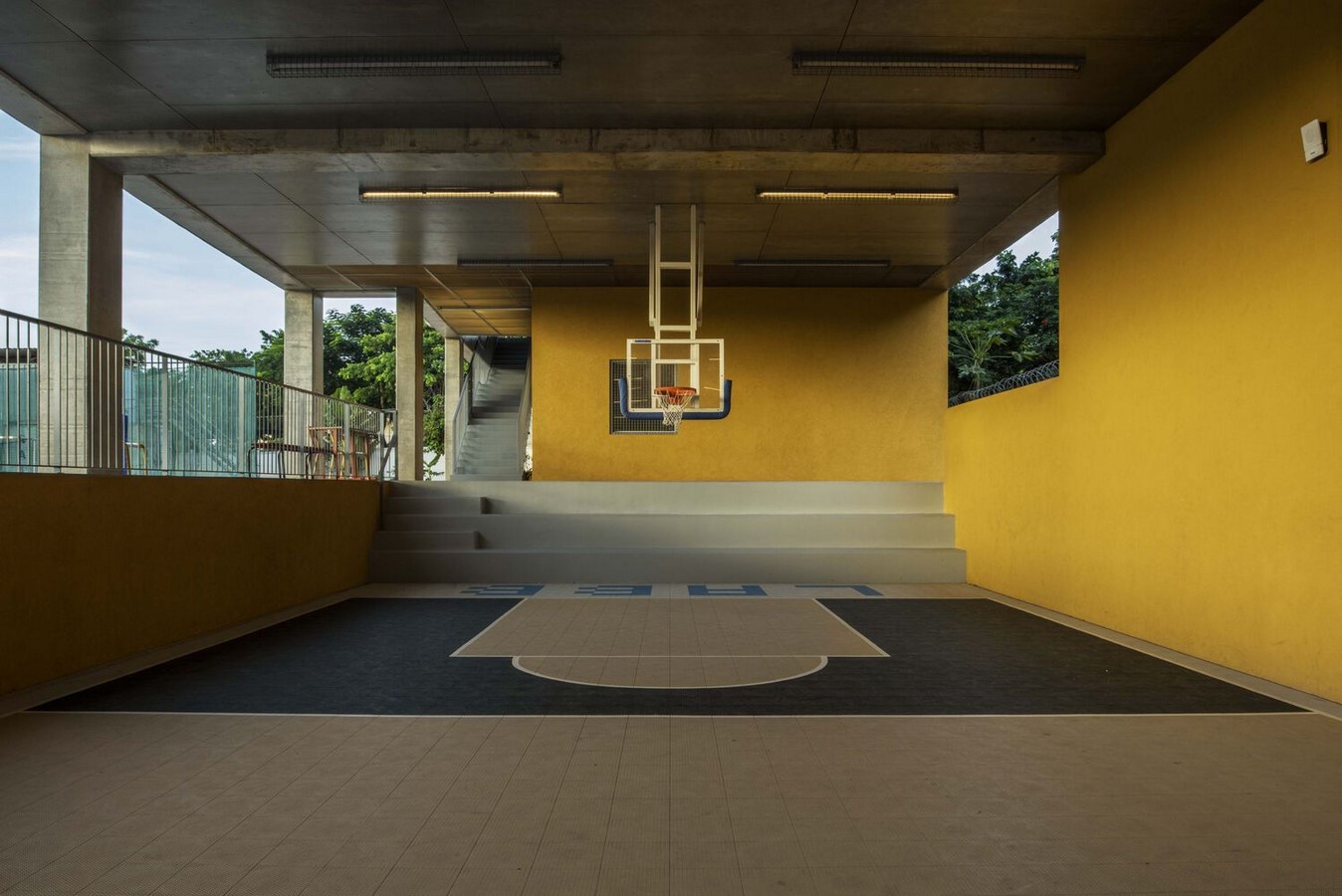

Conclusion
In essence, Lycee Francais Aloudine Boue stands as a testament to the power of architecture to transcend mere functionality and become a cultural icon. By embracing its surroundings and drawing inspiration from local traditions, the school exemplifies the beauty of architecture that is deeply rooted in its context, offering users an immersive experience that celebrates the richness of Angolan culture.
